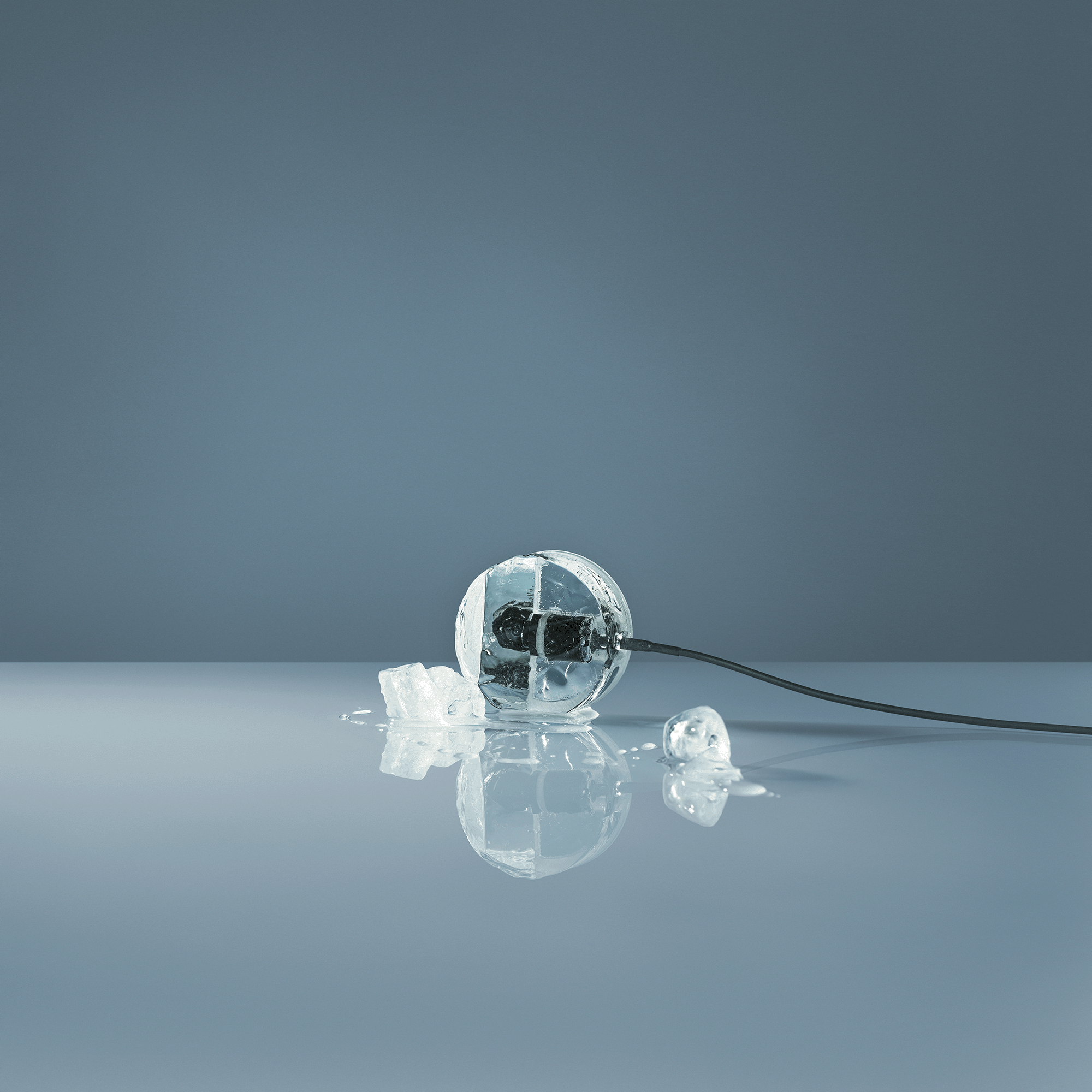In today’s world, modern camera technology is used in so many ways, from taking snaps during a poolside holiday to surveying the grounds of a vital business. Despite these important uses, not all cameras are made the same, and some are not as weather-resilient as others.
Although there are many extreme conditions that affect the performance of security cameras, ice is known to be particularly troublesome. It can drain batteries while also obscuring the image.
Axis Communications is a network technology and industry leader that offers solutions in video surveillance, access control, intercom, and audio systems. They decided to push the boundaries of their technology in a harsh environment by creating an unusual experiment to test it in the extreme. They went to Ulricehamns Ishall in Sweden to film an ice hockey match from a seemingly “impossible” angle – inside the ice.
Ice hockey is a fast-paced, thrilling sport that is one of the most popular winter sports in the world. It is a game between two teams who wear skates and play on an ice rink; the aim is to propel a rubber disk (called the puck) past the goal line that is guarded by a goalie.
Translating the excitement to a screen for at-home-viewers means that footage needs to come from all angles, but is it really possible to film it from inside the ice?
There were some logistical challenges to this experiment. Firstly, the camera itself would have to be workable after being encased in ice. Secondly, the ice in an ice rink is less than 40 millimeters (1.6 inches) thick, so the camera would have to fit into that space. Thirdly, the ice had to be clear enough so that the camera could film the spectacular footage.
The camera selection
The experimental setup included a sensor and a main unit with audio. The camera that was chosen was AXIS F2135-RE Fisheye Sensor. This was a full high-definition sensor that had 60 frames per second at 1080p and could record in color and audio. It also provided a 185° horizontal field view and a rugged sensor unit. Outside the experiment setup, this sensor can be installed practically anywhere (inside and outside) and is able to withstand vibrations and temperatures as low as -40°C (-40°F) and as high as 60°C (140°F).
For the main unit, AXIS F9114 was used. This had a rugged design and connectors, along with multiple sensor and cable options.
The set up
The team took the camera and mounted it horizontally within the ice, due to the limited space. A custom 3D-printed jig was made to house the camera. A mirror was placed at a 45° angle so the camera could record the above action. Then the whole system was frozen in the ice.
“The biggest challenge with this project has been the time constraint combined with getting clear ice,” Niklas Hansson, expert concept development engineer of the project, said in a video sent to IFLScience. “The combination of the two has made it very hard to cycle and experiment with the different ice setups we’ve been doing where it actually takes time to make a liter of ice freeze.”

The camera set up.
Image courtesy of Axis Communications
The sensor had to be optimized to take into account the ice refraction and other impurities. Ice refraction is 1.44-2.50 μm, which is the measurement of the bending of a ray of light when passing through different mediums. Changes to the index can influence the size and position of an image taken by a lens.
To optimize the setup, the module had to be frozen and defrosted multiple times to ensure that the relevant tweaks worked.
“We were not sure that it would be good image quality. We had to test it out. The water could contain different particles. There could be air bubbles, cracks in the ice. And then there is the surface of the ice itself,” said Hansson. “That would affect how the image would be. So, we had to do multiple tests to make sure that we get a good image quality.”
Once the optimization was complete, the module setup was frozen at the Axis Communications facilities.
Inserting into the ice rink
You might think it would be easy to position the camera within the ice, but this is not as straightforward as it seems.
An ice hockey rink is firstly made up of a concrete slab that has a cooling element in it. Then the ice is built up layer-by-layer (roughly an inch and a half). For this experiment, a hole had to be created so they could insert the ready-made puck-shaped camera rig. Once inserted, a Zamboni was driven back and forth to freeze it into place.
The result
The results were clear footage of the ice hockey match from a perspective few but the puck have seen.
Overall, the experiment was a success. The sensors recorded the hockey match through the ice and were able to record exciting footage.
“It’s a proof of our quality in the design and the build on the cameras. They are tested for vast temperature ranges, both from the very cold to the very hot. So, this is proof that it actually works in practice as well,” Hansson stated.
To read more about the equipment used, click here!
This article includes sponsored material. Read our transparency policy for more information.
Source Link: Engineers Filmed An Ice Hockey Match From Below The Ice, Recording A Once “Impossible” Angle